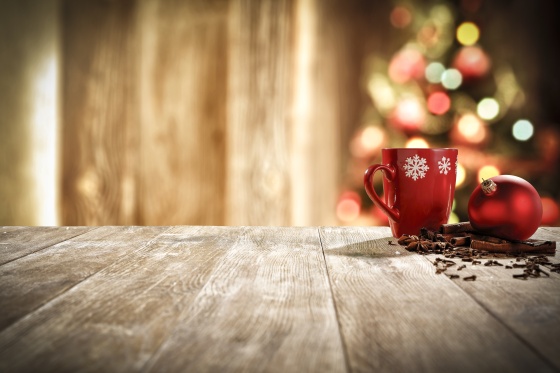
In honor of this last Friday before Christmas, and our 4 installment of Random Acts of (Tea) Kindness, we bring to you the mother of all spices: CINNAMON!
Cinnamon is quite frankly: magic. Aside from the immense healing properties (and there are many) its ability to curb a raging sweet tooth is legendary. But did you know about its rich and interesting history?
- Cinnamon dates back to Chinese writings as early as 2,800 B.C and is still known as kwai in Cantonese
- Ancient Egyptians used cinnamon during the embalming process
- The Old Testament references it as an ingredient in anointing oil
- In the 1st century A.D., Pliny the Elder wrote off 350 grams of cinnamon as being equal in value to over five kilograms of silver, about fifteen times the value of silver per weight
- The West has the Ancient world of Arab traders for bringing it with them when they traveled to Europe
- Cinnamon was the Arab merchants’ best-kept secret until the early 16th century and to maintain a monopoly and justify its high price, the traders told stories and tales for buyers about how the spice was obtained:
“One such story, related by the 5th-century B.C. Greek historian Herodotus, said that enormous birds carried the cinnamon sticks to their nests perched high atop mountains that were insurmountable by any human. According to the story, people would leave large pieces of ox meat below these nests for the birds to collect. When the birds brought the meat into the nest, its weight would cause the nests to fall to the ground, allowing the cinnamon sticks stored within to be collected.”
Stories like that remind me of the tales told about certain teas like Monkey Picked Oolong and how Monks sent trained monkeys out to the tallest tea bushes to pick leaves. This clearly did not happen, but the idea was to show how difficult it was to obtain this product and that it was a luxury item. (That’s early ancient branding and marketing strategy at its finest.)
In 1518, Portuguese traders discovered cinnamon bark in Ceylon which is known today as Sri Lanka. They took over the kingdom of Kotto and took control of the cinnamon trade for about 100 years. It wasn’t until the Ceylon kingdom of Kandy allied with the Dutch in 1638 to overthrow the Portuguese occupiers. The Dutch ended up defeating the Portuguese, took control of Ceylon and the cinnamon monopoly for the next 150 years. Enter the British in 1784 and their victory in the 4th Anglo-Dutch War, and by 1800, cinnamon was sort of downgraded and no longer a rare commodity.
That’s a lot of fighting and history – over the bark of a tree.
Cinnamon trees are small evergreens that can grow to a height of 66 feet and contain aromatic bark and leaves. The tree bark is often peeled, dried, ground into powder, or rolled into strips. It is used in both sweet and savory foods.


You must be logged in to post a comment.